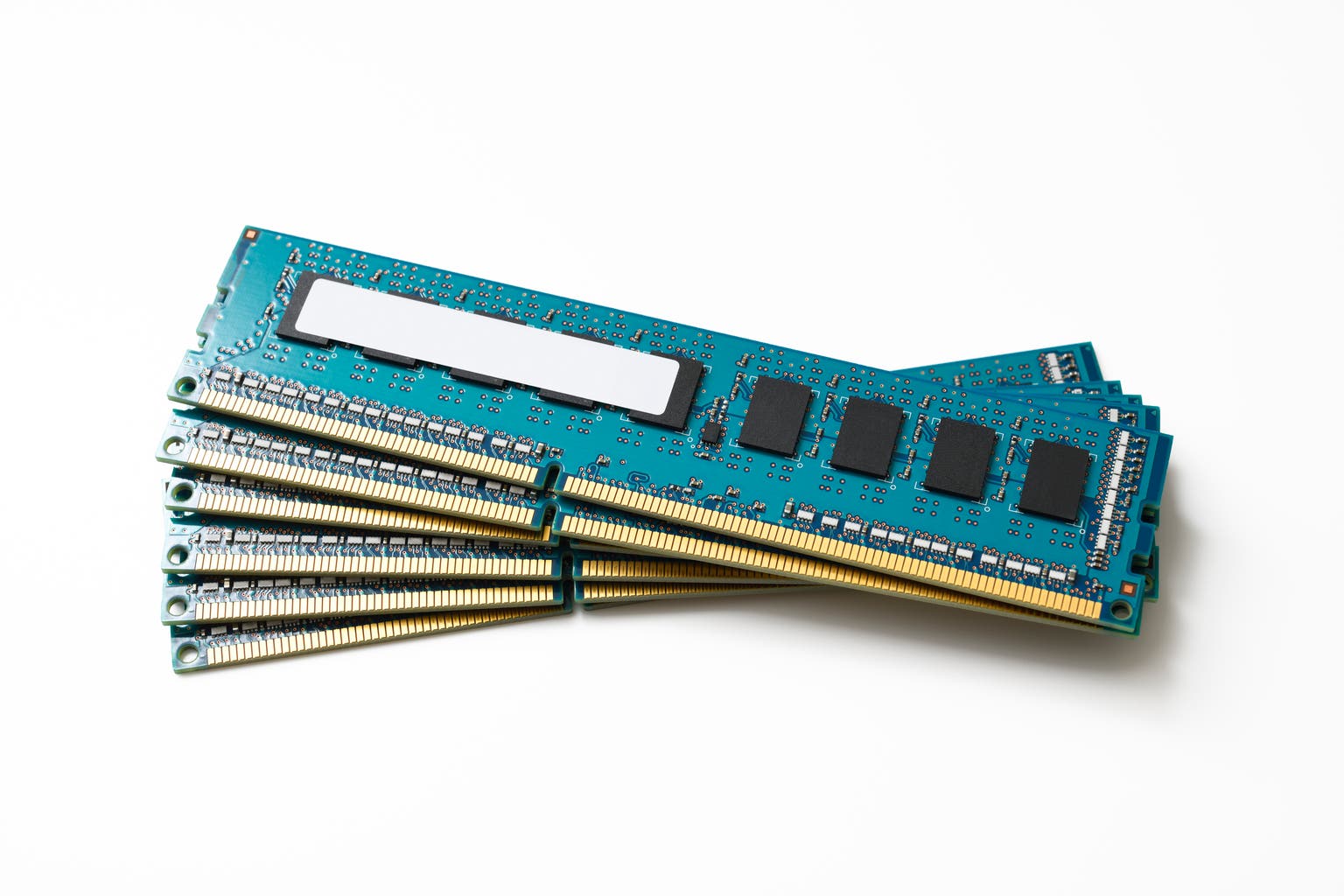Revolutionary LED-Based Maser: Affordable, Room-Temperature Signal Amplification Breakthrough

A New Era of Signal Amplification: The LED Maser
For decades, masers (Microwave Amplification by Stimulated Emission of Radiation) have held immense promise in fields ranging from astrophysics to medical imaging. However, their practical application has been severely limited by the need for extremely low temperatures, often approaching absolute zero. Now, a groundbreaking development is poised to change all that: a room-temperature maser created using readily available LED technology. This innovation represents a significant leap forward in signal amplification, potentially revolutionizing numerous industries.
Understanding the Potential of Masers
Before diving into the specifics of this new technology, it's important to understand why masers are so valuable. Unlike lasers, which amplify light, masers amplify microwave signals. Their unique ability to detect and amplify incredibly weak electromagnetic signals *without* introducing additional noise is what sets them apart. This characteristic makes them ideal for applications where sensitivity and accuracy are paramount.
The Challenge of Low Temperatures
The traditional hurdle for maser technology has been the need for cryogenic cooling. Maintaining such low temperatures is expensive, complex, and limits the widespread adoption of masers. Previous maser designs relied on specialized materials and elaborate cooling systems, making them impractical for many real-world applications.
The LED Breakthrough: A Room-Temperature Solution
Researchers have overcome this challenge by ingeniously harnessing the properties of LEDs. This new maser utilizes a carefully engineered structure incorporating LEDs and specific semiconductor materials. The key lies in manipulating the quantum properties of the materials to achieve stimulated emission at room temperature. While the precise details of the construction remain proprietary, the core concept involves creating a resonant cavity within the LED structure that allows for microwave amplification.
Potential Applications Across Industries
The implications of this breakthrough are far-reaching. Here are just a few examples:
- Medical Imaging: More sensitive magnetic resonance imaging (MRI) scanners could provide clearer images with lower radiation exposure, leading to earlier and more accurate diagnoses.
- Radio Astronomy: Detecting faint signals from distant galaxies becomes easier, enabling astronomers to probe the universe's deepest mysteries.
- Quantum Computing: Masers could play a crucial role in controlling and manipulating qubits, the fundamental building blocks of quantum computers.
- Secure Communications: Enhanced signal amplification could improve the security and reliability of communication systems.
- Scientific Research: A wide range of scientific experiments requiring highly sensitive microwave detection could benefit from this new technology.
Looking Ahead: The Future of Maser Technology
This LED-based maser represents a paradigm shift in the field of signal amplification. By eliminating the need for cryogenic cooling, it opens up a vast range of possibilities for practical applications. While further research and development are needed to optimize its performance and scalability, this innovation promises to usher in a new era of microwave technology, impacting fields from medicine to space exploration. The affordability and accessibility of this technology are particularly exciting, paving the way for widespread adoption and a wave of new innovations.






